
If you want to book a Qantas Business or First Class ticket to North America, it’s often cheaper to fly from New Zealand rather than from Australia – even though flying Qantas from New Zealand means transiting via Australia.
For example, a typical non-stop Qantas Business Class fare from Sydney to Los Angeles currently sells for just over $9,000 return:

But if you were to book a ticket from Auckland to Los Angeles via Sydney, using exactly the same Sydney-Los Angeles flights, you’d pay almost $2,000 less. In this example, the fare is NZD7,689 (~AU$7,185 at the current exchange rate).

If booking a Qantas First Class ticket to the United States, the price difference is even greater. For example, Sydney-Los Angeles sells for around $25,000 return in First:

But booking from Wellington to Los Angeles via Sydney, you’d pay NZD20,307 (~AU$18,975). The trans-Tasman flights book into Business Class, but you’d get First across the Pacific.

Admittedly, a Qantas First Class booking from Sydney to London would be better value overall than both of those bookings. Qantas is currently selling Sydney-London in First for $13,999 return as part of its London Red Tail Sale. But that doesn’t help you much if you need to go to the USA.
As a matter of interest, Qantas Premium Economy fares from Sydney to Los Angeles are around the same price as booking Premium Economy from Auckland to Los Angeles (via Sydney). But you would get a couple of extra trans-Tasman Business Class flights thrown in.

Even if you live in Australia, you could save some money by starting your trip in New Zealand. But you would need to add positioning flights to and from New Zealand. This in itself costs both time and money. So, you’d have to weigh up whether the savings are worthwhile.
It is possible to add a stopover in Sydney on one of these premium cabin fares from New Zealand. But the price would be a bit higher, and the trans-Tasman flights would likely book into Economy Class.
Non-stop flights often command a price premium
Airfare pricing often seems like a mysterious thing. But there is some method to the madness.
This phenomenon of paying more to get less is certainly not unique to Qantas, nor to this particular example. It’s known as “hidden-city ticketing” and it’s very common for airlines to offer lower prices outside of their home market. There are a few reasons for this.
Firstly, direct flights are more convenient. Sure, a small proportion of people prefer multi-stop itineraries because they really love flying or are completing a status run. But airlines know that many people are willing to pay a bit more to get to their destination faster and avoid connecting flights. So they charge accordingly.
This principle is also a key part of Qantas’ plan to operate non-stop “Project Sunrise” flights from Sydney and Melbourne to New York and London.
Secondly, airlines sell tickets as married segments based on the origin and destination (or “O&D”) – not as the sum of the individual flights taken.
The market price in New Zealand is different to that in Australia. In the Australian market, Qantas can (to an extent) be a price-setter as they are the dominant player here. But in New Zealand, Qantas has to compete with Air New Zealand – a much larger player in that market – as well as the other airlines operating non-stop between New Zealand and North America.
The number of non-stop flights from New Zealand to North America is also growing considerably, putting downward pressure on fares in that market.

Qantas has to compete with all of those non-stop services between New Zealand and the USA. And it’s doing this while offering a less convenient itinerary that requires travellers to fly for three hours in the wrong direction before connecting to a Qantas flight to Los Angeles. The travel time is much longer, so Qantas doesn’t just need to match Air New Zealand pricing to be competitive. It needs to beat it.
Indeed, this is exactly what seems to be happening. We checked Air New Zealand’s pricing for non-stop Business Class flights from Auckland to Los Angeles. Qantas’ Business fare from Auckland to LA via Sydney is slightly lower than that of Air New Zealand.
In the past, we’ve also seen examples where Air New Zealand fares from Australia to the USA – via New Zealand – were lower than Air NZ fares from New Zealand to the USA. But that doesn’t appear to currently be the case on the routes we checked.
Could you just skip the first and last flight?
The answer is no. That’s because, if you fail to turn up for any of the flights on your ticket, in the order you booked them, all remaining flights on your booking will be cancelled. You’ll also forfeit the airfare because the airline will treat you as a “no-show”.
You might be able to get away with skipping the last flight on your ticket if you don’t have checked luggage. But airlines really don’t like “skip-lagging”, as it’s sometimes called, and we certainly wouldn’t recommend it. If you book a cheaper fare out of New Zealand, you should be prepared to take the flights you’ve booked.
In the past, some airlines in the USA and Europe have taken legal action against passengers who deliberately skip flights to save money. A few years ago, for example, Lufthansa tried to sue a German passenger who booked a Business Class ticket from Oslo to Seattle via Frankfurt, and didn’t show up for the last flight from Frankfurt back to Oslo. Lufthansa lost this court case, as the passenger’s lawyer explained on the AFF on Air podcast. But it demonstrates how seriously some airlines try to fight against this practice.
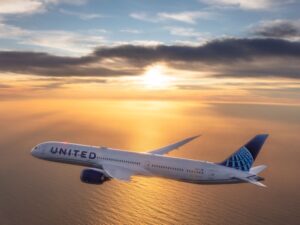

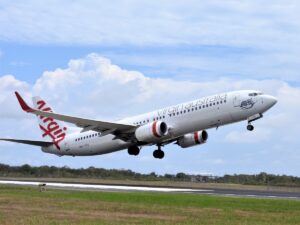
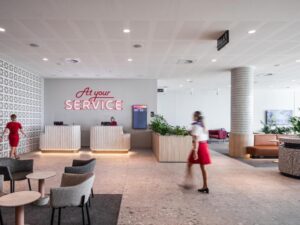

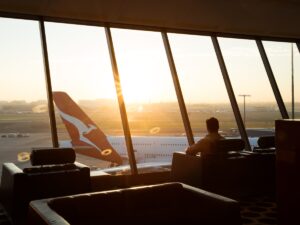

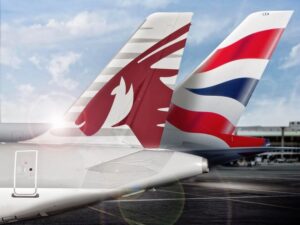






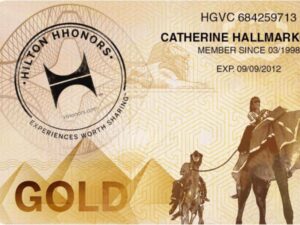


















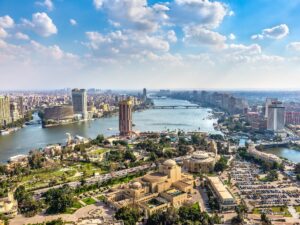
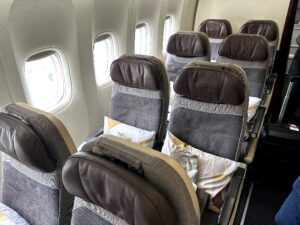





































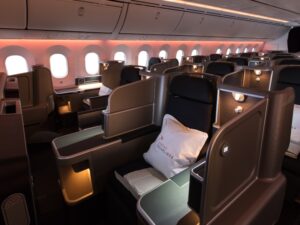
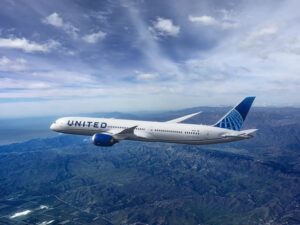
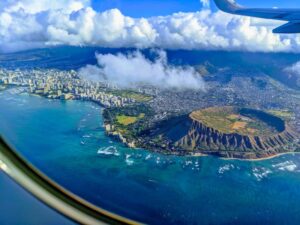





Community Comments
Loading new replies...
Join the full discussion at the Australian Frequent Flyer →